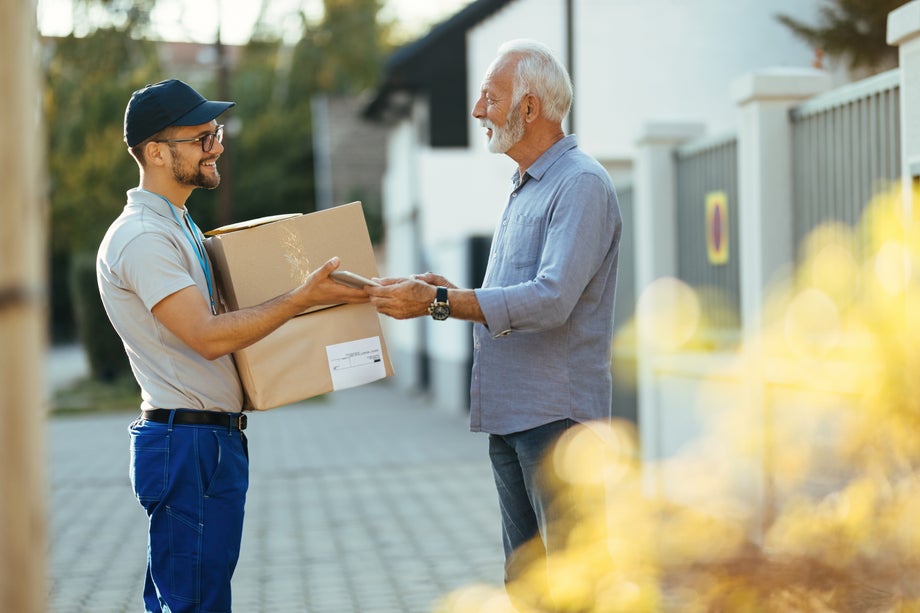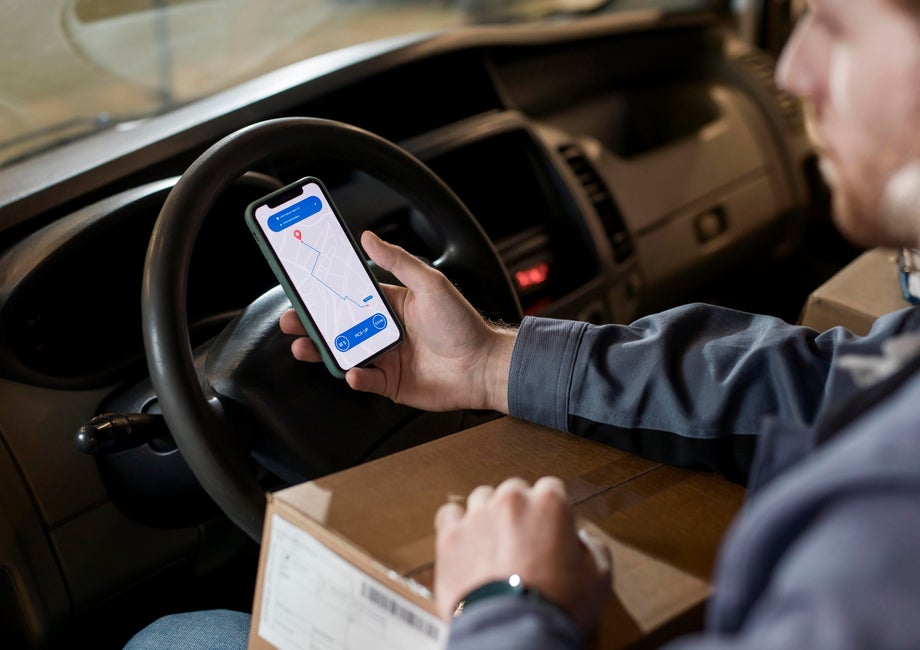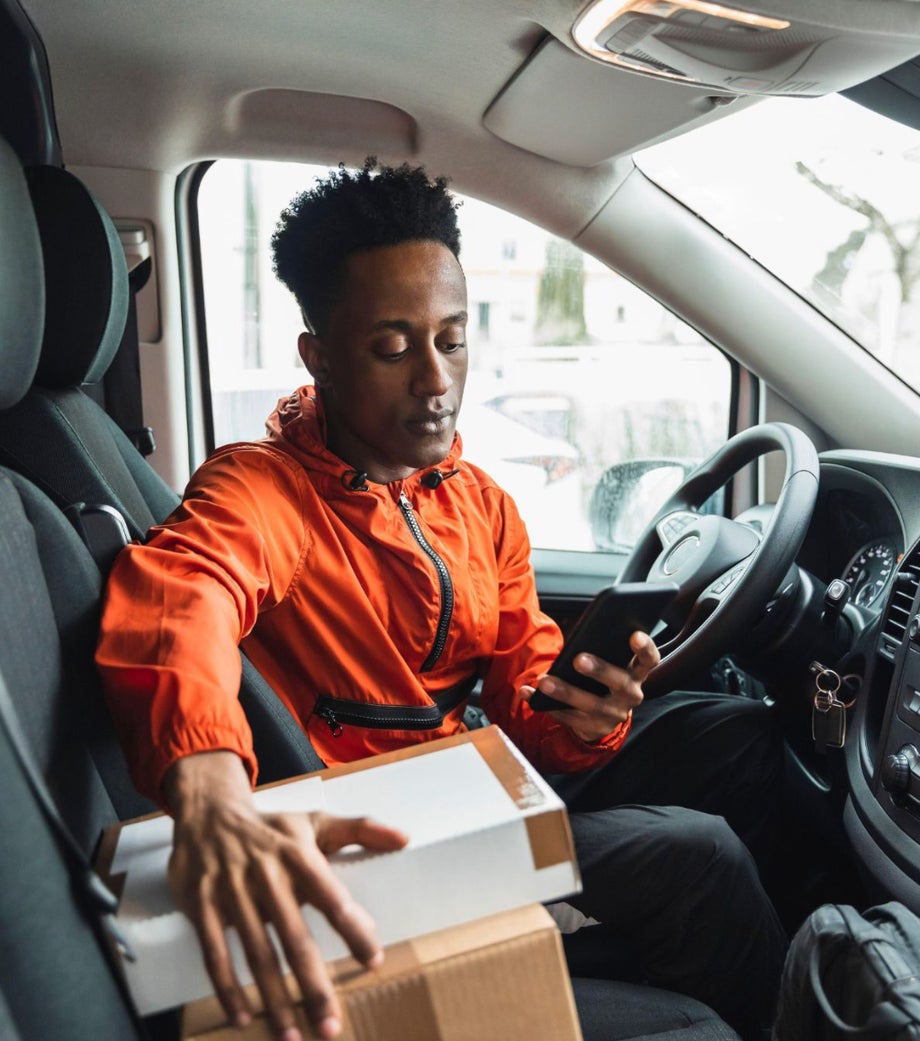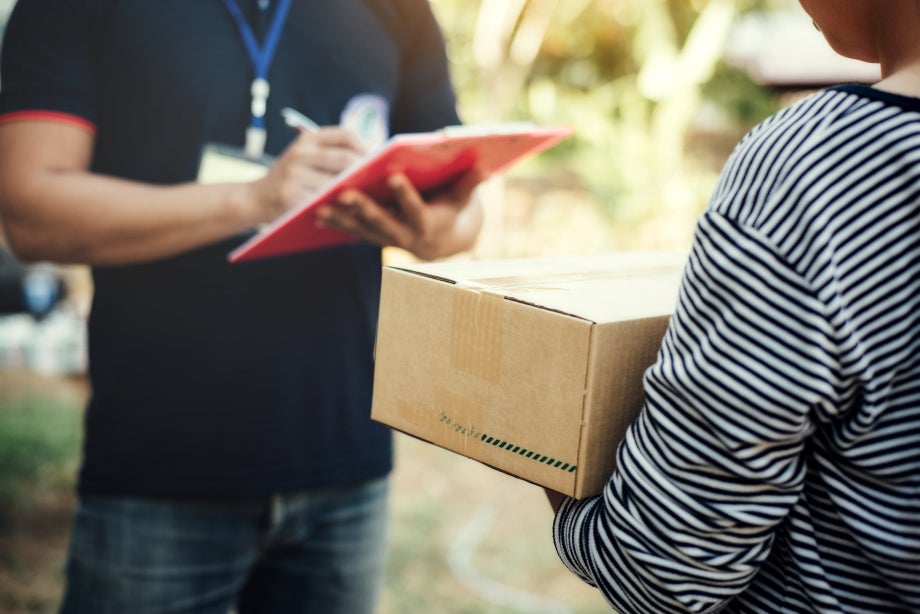

13.02.20246 mins read
As a retailer, it can easily happen that with so many other factors to consider, the “last mile”, that final, critical phase of the delivery process where your product makes it into your customer’s waiting hands, is overlooked.
However, doing this is a mistake and potentially quite costly. Amazon continues to prioritise the delivery experience and, in doing so, strengthen its position as a leader in online shopping. Their investment in improving the delivery service means they can give heavy hitters, such as UPS and Fedex, a run for their money.
In addition to shorter wait times, attention to the last mile means increased repeat business and a nurturing of brand loyalty, all of which confirms that it pays to pay attention to the last mile.
In 2023, All human conducted in-depth consumer research, surveying 1000 people in the UK and another 1000 in Ireland about their experiences receiving and returning goods. We also undertook 12 deep-dive interviews and surveyed an additional 613 UK residents about the complete online buying journey. We then analysed all the responses in detail. Several key themes quickly emerged, areas of opportunity that we focused on in our 2024 Digital Pulse report, The last mile: the role of digital innovation in reshaping the delivery experience.
So what did we find from listening to shoppers?

As a retailer, the last mile may feel like the final leg of the journey, but in many ways, it’s your customer’s first. Sure, they’ve browsed a website and made a purchase, but the last mile is where your brand moves from the virtual world into the physical. It’s the first time they’ll actually put their hands on your product and the closest and most memorable interaction they’ll have with a human representative of your brand – their delivery driver. It’s your final opportunity to smooth their pain points, ensure a positive experience and connect with your customer by understanding their mindset and anticipating precisely what they need from you and when.

E-commerce hasn’t replaced traditional stores – yet. Instead, online shopping offers consumers a different emotional experience than shopping in a physical store. Our research uncovered both the pleasure and frustration of delayed gratification, with one respondent describing receiving their items as “kind of a Christmas day feeling for an adult. " At the same time, consumers, and especially customers who are new to your brand, do not necessarily trust you to deliver their goodies as safely as Santa.
The delivery experience can be fraught with anxiety – around where the parcel will be left, whether they’ll be home to receive it, what condition it will be in when it arrives, and how they’ll get it back to you if they don’t like it. Customers care so deeply about this aspect of their experience that they’re willing to pay for increased peace of mind, with 45% happy to pay for next-day delivery and 19% willing to pay for real-time tracking*. By offering control, convenience and increased visibility to your customers, you can put them in the driving seat for the last mile.
*UK 613 respondents

Let’s be realistic – no delivery partner is perfect all of the time. A courier may occasionally fail to deliver as expected for any number of reasons, including excess traffic, an unusually complicated customer address or a delivery driver with a personal crisis. Yet for your customer, negative experiences can leave such a lasting impression that they may vow never to use that delivery company again, which can affect their relationship with you. 44% of those we surveyed* said being able to pick the delivery company themselves would positively impact their decision to purchase, signifying that choice of courier is an important, yet often overlooked, factor. Your delivery partner is the human face of your delivery experience, and when you don’t know your customers’ preferences and prior experiences, it pays to give them options.
*UK 613 respondents

Shaping the customer experience is an ongoing project. However, knowing specific pain points and taking action to address and solve them helps. It’s also the perfect place to start. Our report not only highlights the areas for improvement but also offers solutions. We identify measures you can use to gain a competitive edge at the last mile, from communicating with customers about when and how they want you to improve tracking, to offering flexible deliveries and increasing customer loyalty through paid subscription services.

Read your free copy of our report and get the insights and solutions needed to stand out from the competition.


